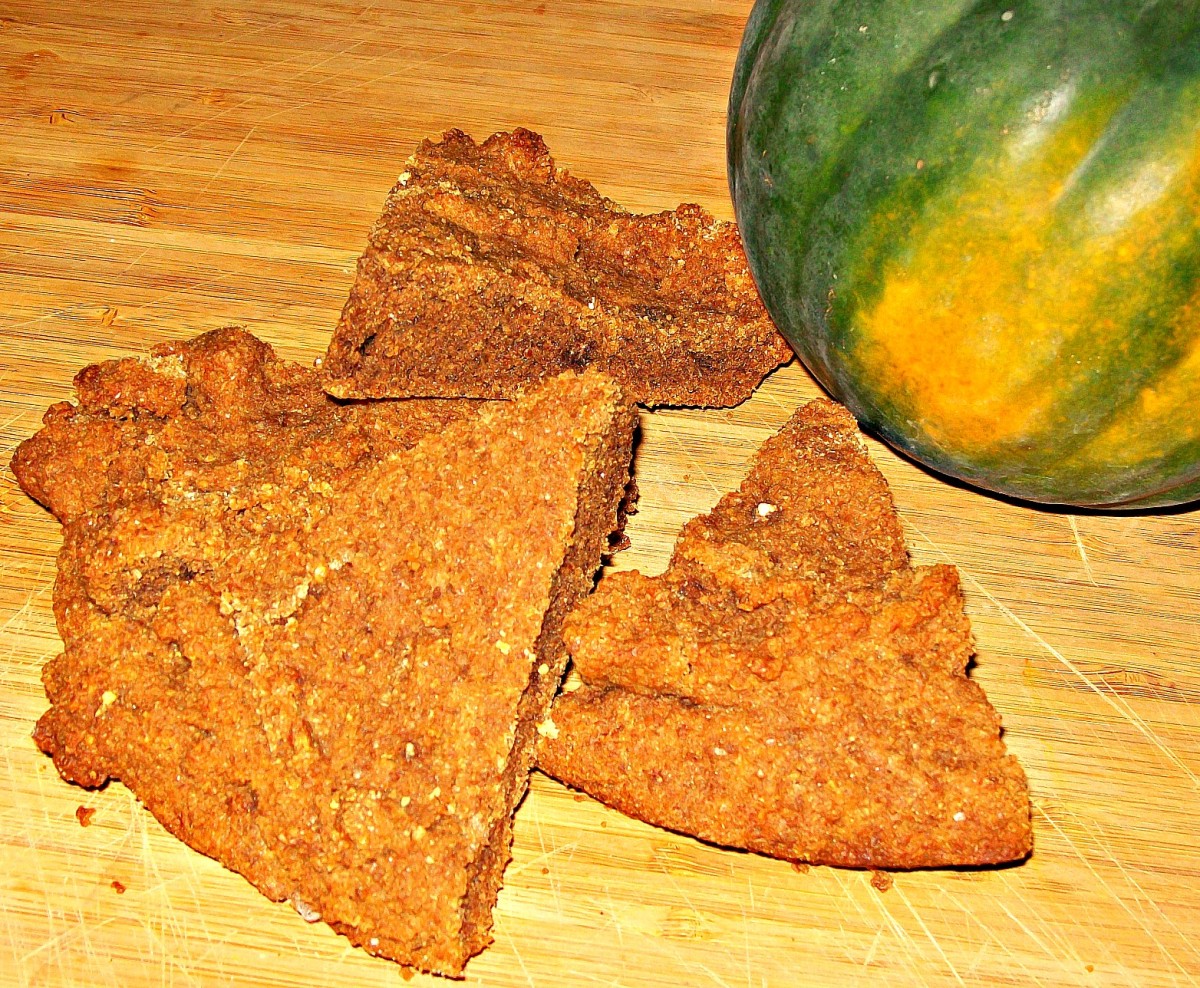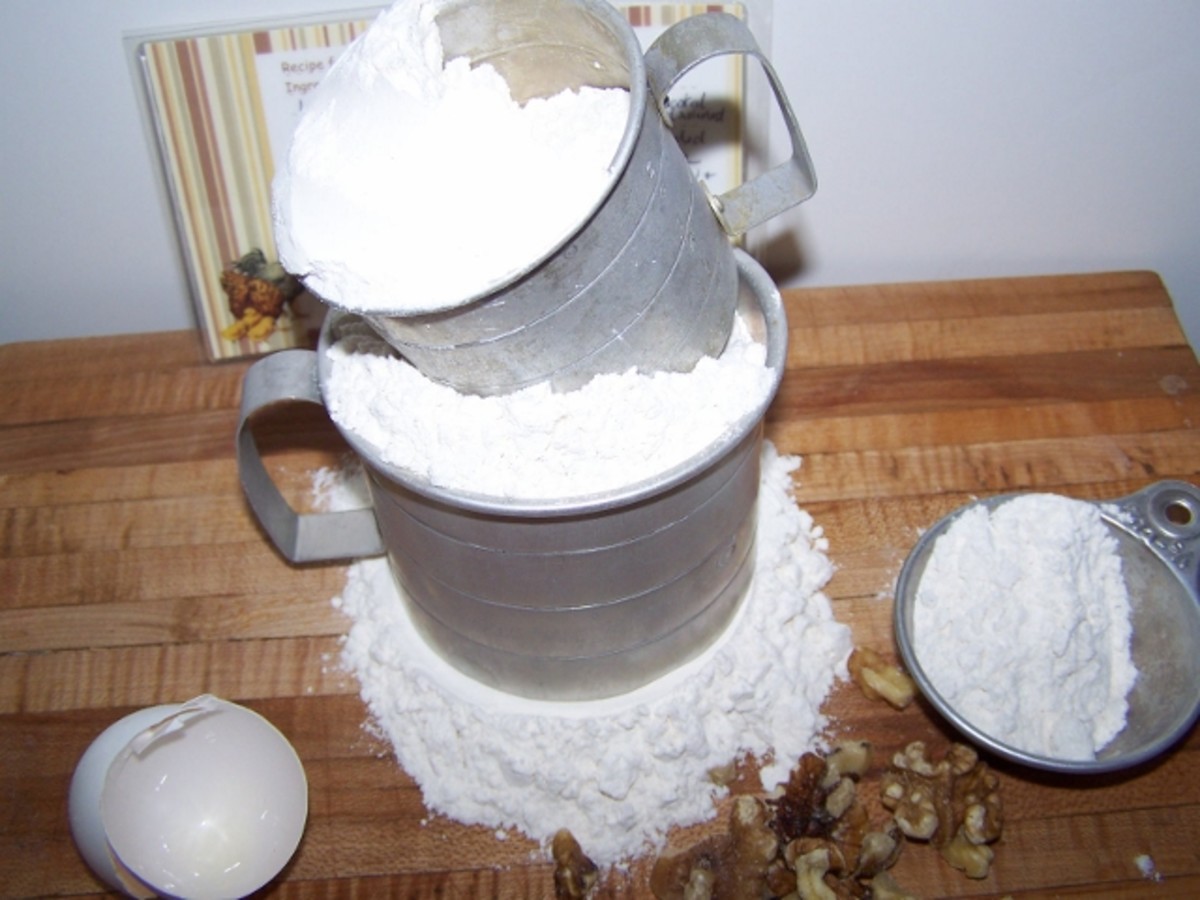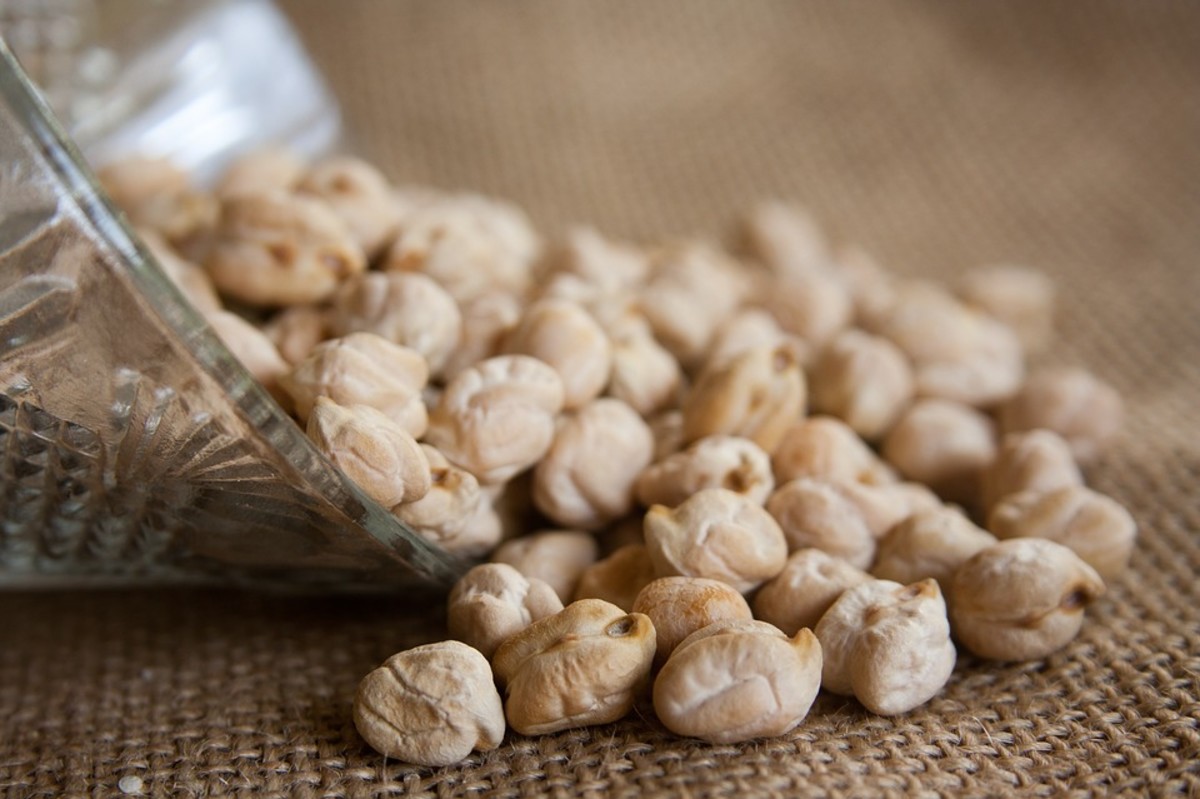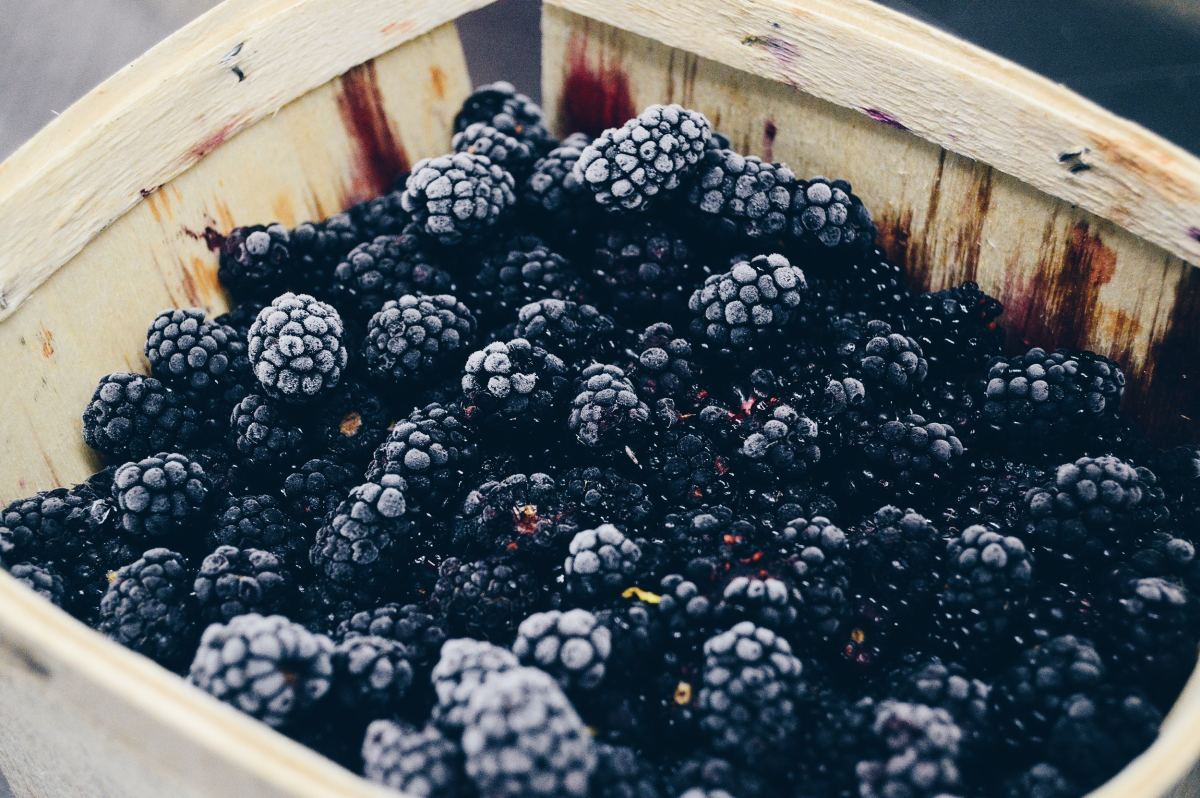Egg Substitutes: Another Case of Form Following Function
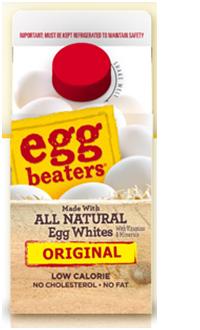
Many Roles to Consider
Eggs are remarkable: they are nutritious, delicious and popular, but their truly outstanding quality is their versatility: Not only can they be poached, fried or hard boiled by themselves, they fill many functional roles. It’s essential to understand which role eggs play when searching for substitutes for egges. Baking a cake requires richness, structure and moisture; making cookies requires binding and richness, the egg in a meatloaf is there for moisture and binding.
Protein is the Key to Texture in Baking
Protein is a big part of eggs’ functionality. During baking, eggs coagulate and firm up batters. Think of how a baked soufflé or quiche suspends cheese, vegetables and other ingredients. A cake may only have one or two eggs, but the effect is the same. The bubbles created by stirring, whipping or via leavenings need protein to lock-up this delicate structure. Cakes are normally made with lower-protein flours because high protein bread flours result in tough, chewy cakes. Many find chewiness desirable in artisan-type breads, not so much in pastries. Where can one find this missing component without eggs or higher protein flour? Provided your guests aren’t also strict vegans or highly lacto-intolerant, a tablespoon or two of milk adds protein. Using milk alone as an egg substitute, however, is unlikely to work. Too much liquid and the cake will collapse, not enough and the cake will be dry. Potato flour helps solve this and is widely available. If you make a potato flour (not potato starch) and milk slurry, the cake will set faster than with milk alone and is less likely to collapse.
Two Foods in One Package: Yolks and Whites
If you’ve ever fried an egg, you’ve noticed the whites cook almost instantly and easily overcook before the yolks are firm. This is because the yolks and whites have different chemistry and set at different temperatures (approximately 140° for whites and 160° for yolks). These separate chemistries go beyond cooking temperature; they impact function.
The richness we associate with yolks comes from their fat content. Chocolate cakes or flourless Sacher Torte incorporate not only whole eggs, but also add separated yolks to kick up the richness. In lieu of yolks, butter is a good substitute. Butter solidifies at a lower temperature than cooking oil, has some protein-bearing milk solids and a better flavor than cooking oil. For muffins or cookies a mashed up banana or some applesauce contribute moistness, but both of these add sweetness and flavorings that might not be desired in cakes.
The lecithin in yolks plays another important part in dozens of foods as an emulsifier. A very small amount of lecithin allows butter or cooking oil to bind with water, milk and other dry ingredients. In cookies and other sweets it helps keep the fat from seeping out. Lecithin’s binding of oil and vinegar (or other liquids) is why you’ll find it listed on the back of nearly every salad dressing sold. Fortunately, soy lecithin is sold as a nutritional supplement and a cooking ingredient.
Duller Twin or Hero?
Egg whites may seem like the duller twin of this pair, but they are the heroes of baking. Egg albumin is where most of the proteins for setting the batters come from. Angel food cakes rely exclusively on the egg foam from whites. Replacing this structural role is trickier than simply adding extra butter or cooking oil to replace the richness from a yolk. Two tablespoons of whole milk slowly mixed into a teaspoon of potato flour should produce a rough approximation of an egg. If the emulsion is also needed, a pinch of soy lecithin should round out the equation. There might be a slight floury taste. I don’t know of any substitute that can replicate the structure of egg foam. Arrowroot or cornstarch solutions make poor substitutes for egg whites. They lack protein and behave in unpredictable ways when baking at the higher temperatures and longer times in an oven versus stove top tasks.
The complexities of an egg are hard to emulate, but eggs aren’t the sole source of richness, the only way to emulsify or the only way to create structure. If broken down into their component roles, substitutes for eggs can be worked out.
Egg Silliness
Other Articles by Brupie
- The Dorm Gourmet: Ten Tips beyond Microwave Cooking
- The Dorm Gourmet: Simple Spaghetti Carbonara in a Rice Cooker
- The Dorm Gourmet: 3 Quick and Easy Breakfasts for the College Student on the Go
- Picking a Food Thermometer: Bimetallic, Thermistor, Thermocouple Infrared
- The Deceleration of the Chinese Economy or Why We Don't All Have to Learn Chinese
- How to Become a Stockbroker




